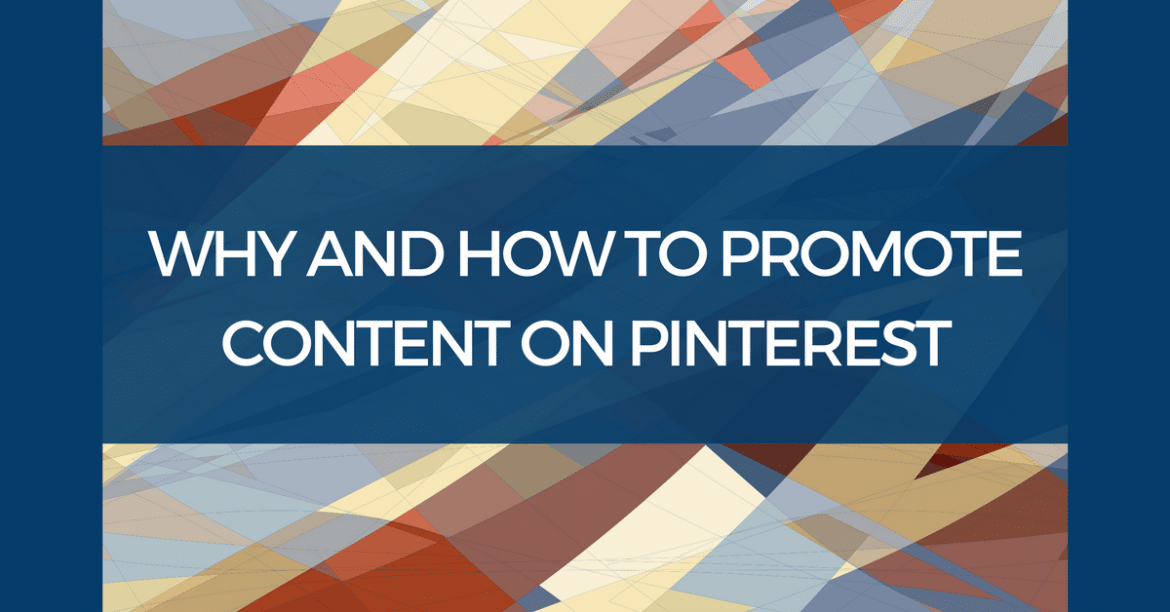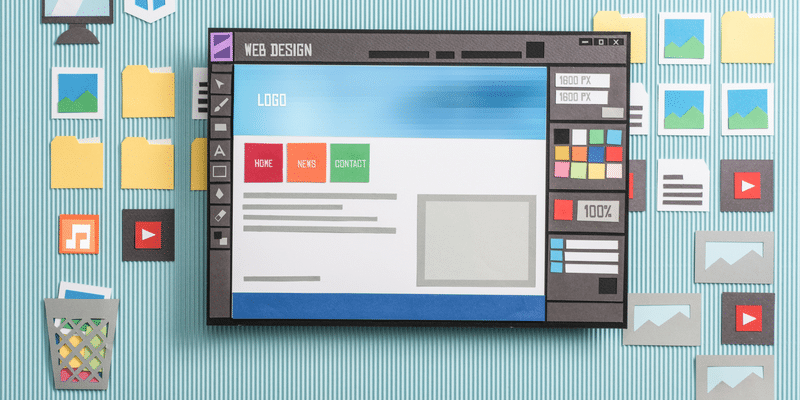You don’t blog about food, decorating or crafting so you don’t need to bother with Pinterest, right? Actually, you could be missing out on some major traffic if you ignore this graphic-focused social media channel, no matter what your business’s niche may be.
Check The Stats
Chances are good at least part of your audience is hanging out there, as the platform boasts more than 200 million people now accessing Pinterest on multiple devices every month. The number of pinners under the age of 40 jumped 27 percent from last year and the amount of male users climbed 120 percent, as well.
As for traffic, Pinterest is second only to Facebook for referrals. According to research by Shareaholic, Pinterest drives between 5 and 7 percent of all referral traffic to websites. That is kind of a big deal.
What People Are Pinning
There are currently more than one billion boards with more than 50 billion pins. It might please you to discover that photos of unicorn cupcakes and shiplap-covered walls are not the only things people are pinning.
A quick search of the social media site shows that there are boards filled with pins dedicated to everything from photography and smartphones to energy efficient homes and self-driving vehicles. In fact, Pinterest reports that there was a 46 percent increase in auto-related pins between May and September of 2017 (More than 25 auto brands are active on platform) and an 85 percent increase in financial services-related pins so far this year.
Rich Pins
Rich pins are increasingly popular, as well. These pins increase engagement by presenting metadata on the pins themselves. This information is independent of the pin description, so the details are always tied to the pin, no matter who shares, comments or edits the description. The four types of rich pins are App Pins, Product Pins, Recipe Pins and Article Pins.

Article Pins include a headline, author and story description, ensuring users that they are about to click on a page displaying original content. Many people use Pinterest as a social bookmarking tool, saving articles that want to read when they have time or want to be able to reference again in the future. In fact, Pinterest reports that more than 14 million articles are pinned each day.
Social Shelf Life
How long after posting on Twitter, Instagram or Facebook do you expect to receive interactions? A metric known as the half-life of a social media post measures how long it takes the post to receive 50 percent of its total engagement. The longer the half-life of a post, the better, as it means more opportunity for awareness and engagement.
Various studies show the half-life of tweets and Facebook posts to be no more than a few hours. For instance, a Social Media Today study found that 75 percent of engagement on Facebook posts occurs within the first five hours and a Wiselytics study determined that the half-life of a tweet is a mere 24 minutes!
Conversely, a Pinterest pin has an average half-life of not 3.5 hours or even 3.5 days, but 3.5 months. It is important to note that users view recently pinned content in their Pinterest feed. However, the search results focus on subject match and popularity more than when an item was pinned. It suggests related topics, as well. All of this means greater traction from your social media shares.

Stress-Free Sharing
Obviously, the more pins you post, the greater results you can expect. However, since it has such a content-centered format, which provides lengthier visibility, there is not as much pressure to pin according to a schedule or even to post a specific number of pins every week.
Of course, you can pin daily (or even multiple times a day) and gain more exposure. Another way to increase exposure is using promoted pins.
Benefits Of Promoted Pins
A promoted pin is just like any other pin, except that you pay to have them seen by more Pinterest users. They are ads that don’t look like ads. They are presented to a highly receptive audience, which can help them perform better than your organic posts. In fact, more than 75 percent of Pins saved originate from businesses.
Pinterest reports that brands see $2 in profit for every $1 spent on promoted Pins.
There are three types of campaigns: traffic, engagement and awareness. You only pay when people closeup, repin or click on your promoted pin in an engagement campaign and when people see your pin if you are running an awareness campaign. If you run a traffic campaign, you only pay when users click through to your website, and you can experiment with different bidding strategies to find one that fits your budget.
The good news is that traffic campaigns can be highly affordable. In fact, it’s not unheard of to run a successful campaign on $0.10 a click.
How To Promote Your Pins On Pinterest
Ready to take the leap? Let’s walk through the process of promoting a pin.
It’s imperative that you choose a strong pin to promote. One way to gain insight about your Pinterest content is to see what people have pinned from your website. Go to https://www.pinterest.com/source/yoursite.com and replace “yoursite” with your domain name to see a collection of pins that readers have saved from your site.
For instance, a quick glimpse at https://www.pinterest.com/source/forbes.com shows that a certain Bitcoin article has been pinned multiple times.

If you have an article that is not as popular on Pinterest as it is elsewhere, consider updating it to add an eye-catching, Pinterest-friendly image. Pics that are longer are best; the optimal dimensions for a Pinterest image is 735px by 1102px.
Once you have settled on the content you want to use in your Pinterest promotion, pin it to one of your own Pinterest boards. Next, point to Ads and select the type of campaign you want to promote. In this case, we’re selecting Traffic. Again, when you run a traffic campaign, you are only charged when someone clicks through to your website from the pin.

Under Choose Your Campaign, select Create a New Traffic Campaign. Enter a name for the campaign and esta
Click the Add More Details button to continue.
Choose starting and ending dates as well as a daily or lifetime budget.

If desired, you can select a target audience. Next, search interests to find relevant topics. Then, enter keywords to help your pin appear in searches and category feeds.


Once Pinterest approves the pin, you can find out how your promotion is going by pointing to Ads, selecting Overview and clicking on the campaign name.
Bonus Tips
Need some inspiration for your Pinterest promotion? The following types of content tend to do well on Pinterest.
- Articles with attention-grabbing images such as high-quality photos or illustrations are popular.
- Tips, tricks, tutorials and listicles rank well, as people want to share or refer to them in the future.
- Long, tall, interesting infographics are a no-brainer.
Once you start to get the hang of promoting content on Pinterest, you may wish to consider creating promoted pins from new content as you publish it. This can potentially boost your visibility, as search engines often index boards and pins on the site.

Writer, editor and client advocate specializing in reputation management, content marketing, technology and non-profit topics.




